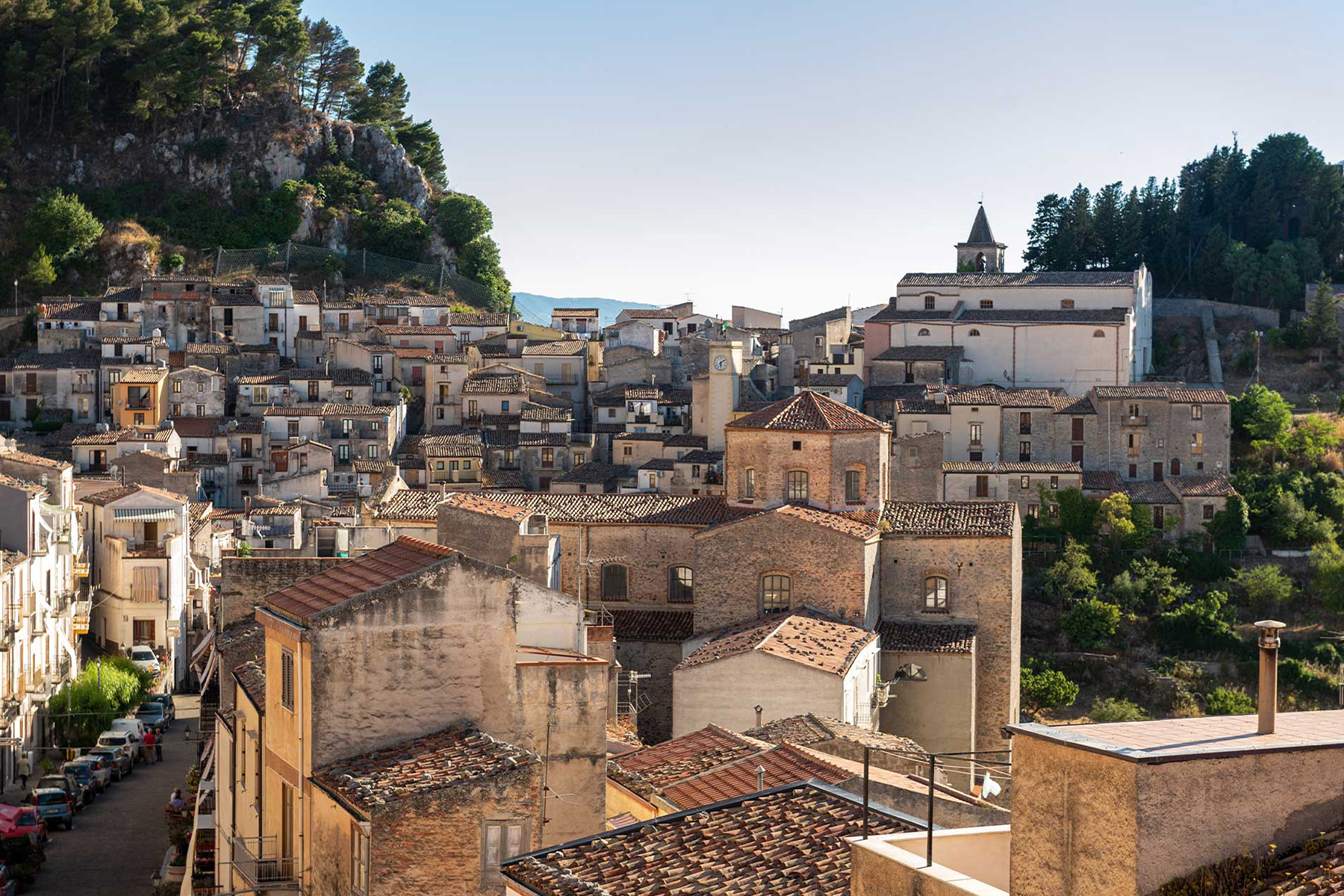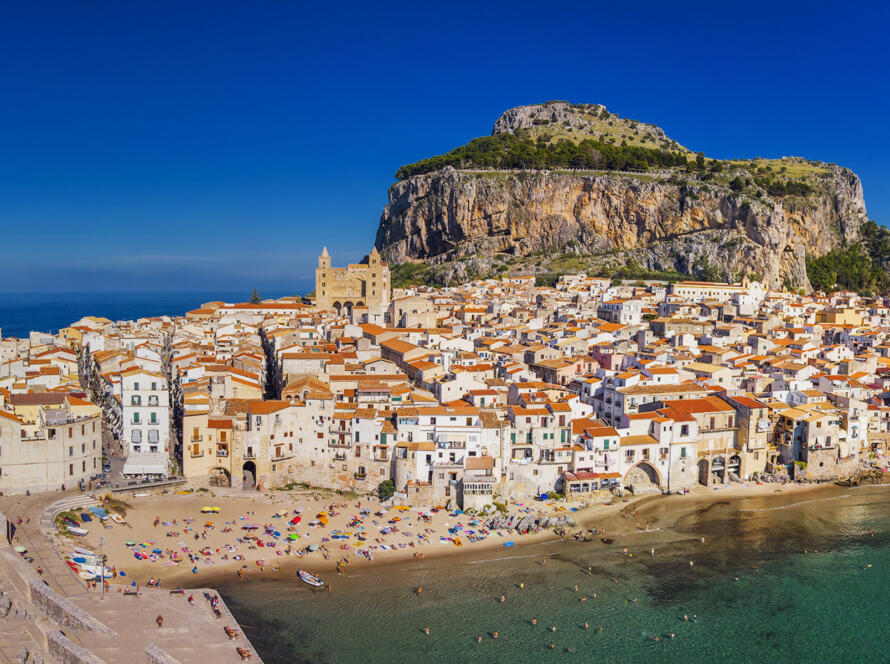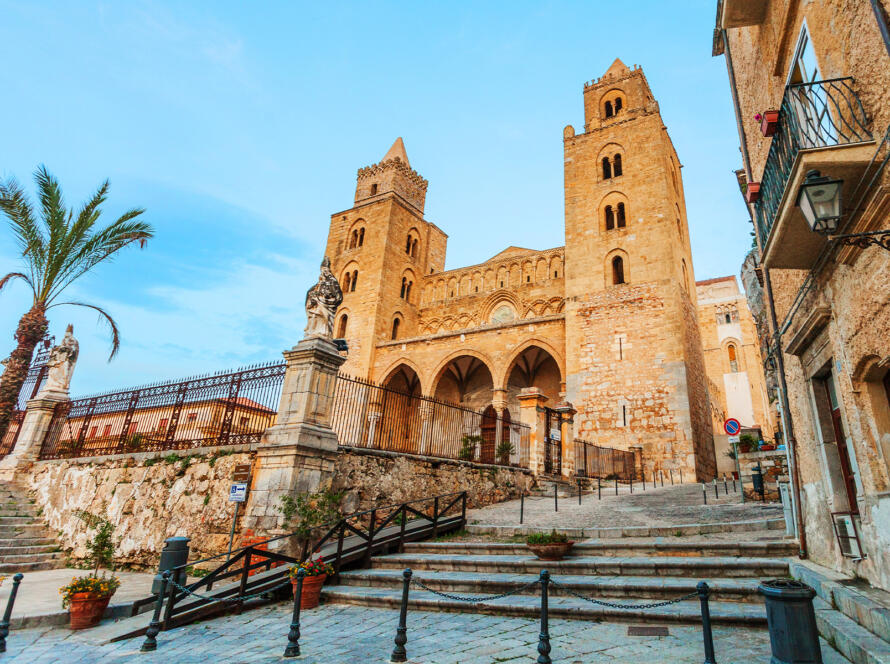One of the most ancient and characteristic village in the Madonie, ready to be explored through stories and myths that characterize it.
The itineraries to discover Gratteri generally start from the Viewpoint Ganci Battaglia, which offers all passers-by a breathtaking view of the Tyrrhenian coast, allowing a glimpse, on clear days, of the Aeolian Islands. It is no coincidence that Gratteri has been nicknamed the ‘terrace on the Tyrrhenian‘. A beautiful walk from the Ecce Homo bridge to Portella Carruba, so called because of the presence of a carob tree, already mentioned in sources from the 1500s. From there, you can admire a bucolic scenery, similar to a nativity scene with lush pastures in front of the charming little church of the Convent dating back to the 12th century.
In the distance, you will see the entire valley as far as Mount San Calogero, overlooking the Gulf of Termini Imerese. Following this, we will move on to visit the town’s recently restored historical-environmental museum, located on a hilltop from where we can see what remains of the oldest quarter, originally called Terra Vecchia and today Conigliera, with its walls overlooking the ‘Bocca dell’Inferno’.
Strolling through the narrow streets of the town, we will cross the main street until we reach the fountain of the Ninfa, located in a small villa in front of the Mother Church. We will tell you the story of that stone shell, similar to that of the nearby Grotta Grattàra, which could be considered the Genius Loci of the ancient village ‘of the craters’.
The first church to visit is the parish church of San Michele Arcangelo, which houses miraculous relics from Jerusalem and valuable works of art from different eras. After a little refreshment to taste the typical products of the local shops, the tour continues to the small church of San Giacomo, Protector of Gratteri, which houses the beautiful simulacrum of the Apostle, venerated with great devotion by the people of Gratteri.
Nearby you will also find the poet’s house and a typical stone architecture for collecting rainwater, ‘u cabbubbu’. From Vicolo San Giacomo we will then move on to Via Fiume district, where we will point out the three medieval bridges and an underground cistern, the Fantina well, which were covered after World War II to make the route vehicular.
In fact, an underground stream, the Crati, still flows under Via Fiume, which, descending from Pizzo di Pilo, crosses the built-up area dividing it into two, the older part from the new. From Piazzetta Ponte Silvio, one takes the Salita Orologio which, until the year 1900, bore the name Via dei Sarace.




